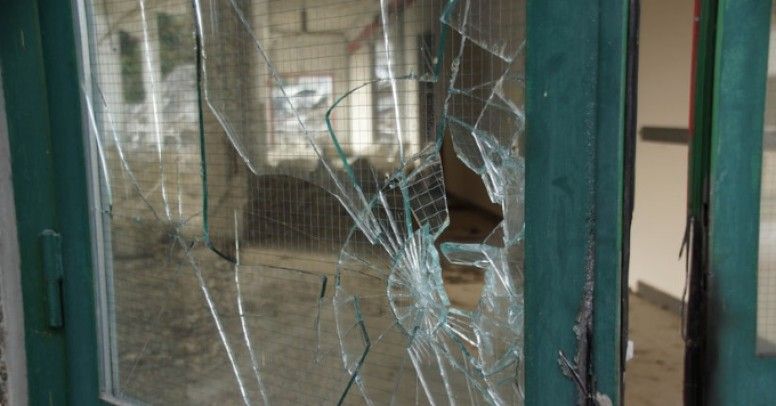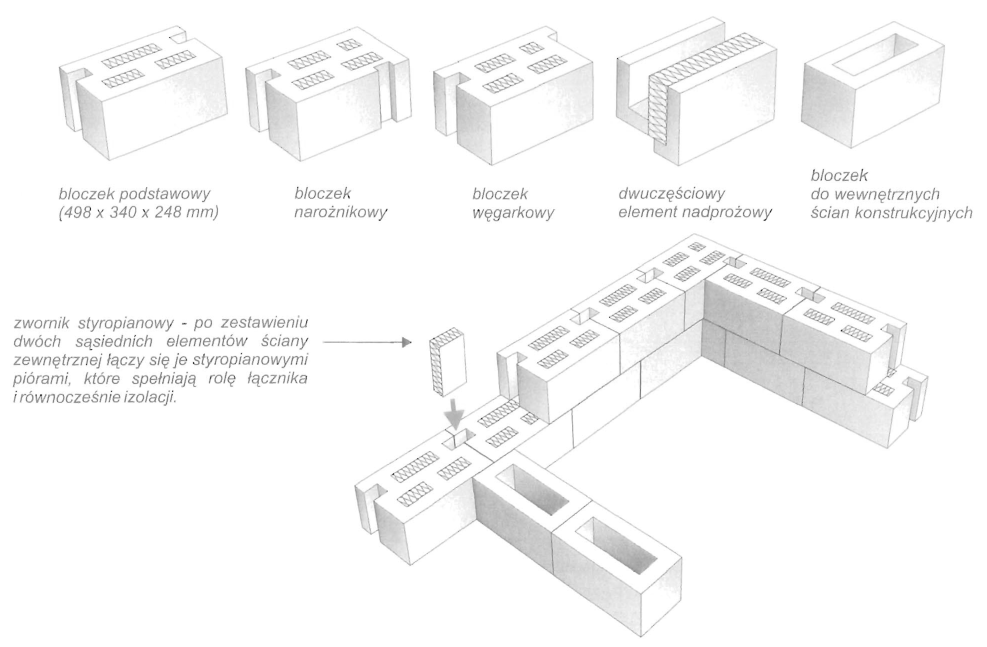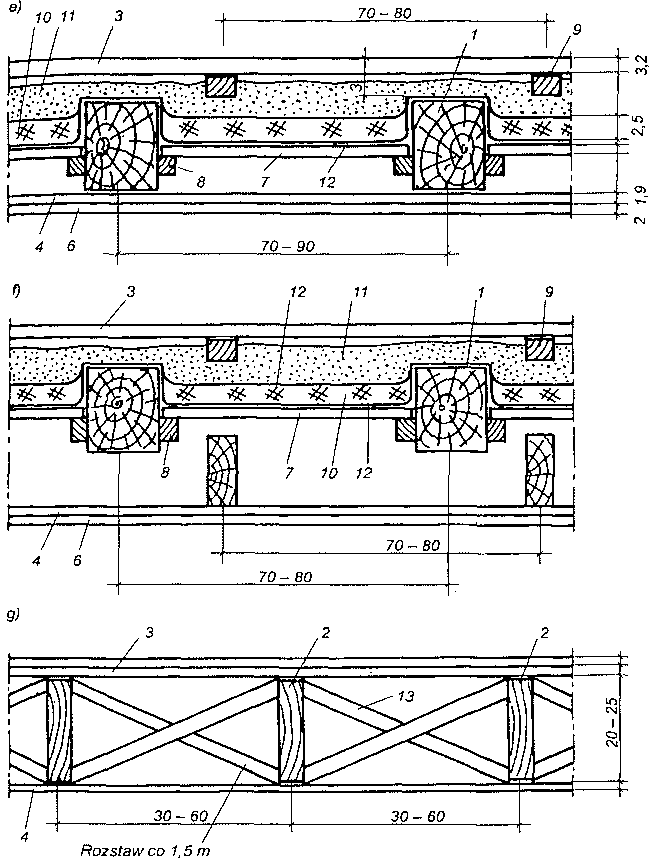 Akumulacyjność cieplna w domu pasywnym
Akumulacyjność cieplna w domu pasywnym
Akumulacja cieplna to w skrócie zdolność do magazynowania ciepła przez elementy wewnętrzne domu.
Różne materiały mają różną akumulacyjność i stąd możemy mieć przykładowo:
-
- dom szieletowy (drewniany), w którym brak ciężkich materiałów konstrukcyjnych powoduje małą zdolność do magazynowania ciepła. Dom taki szybko się nagrzewa ale i szybko wychładza.
- dom murowany o znacznej ilości betonowych elementów konstrukcyjnych będzie miał dużą akumulacyjność cieplną tzn dłużej będzie się ogrzewał ale i wolniej będzie się wychładzał.
Ujmując to obrazowo – jeśli wprowadzamy się do domu w środku zimy i musimy go nagrzać – w ciężkim, murowanym domu do osiągnięcia pożądanej temperatury upłynie więcej czasu niż w domu drewnianym, ponieważ musimy nagrzać nie tylko powietrze, ale też i ściany, które stają się swoistym „magazynem” ciepła, użytecznym podczas np. awarii prądu i braku ogrzewania (wtedy oddają nagromadzone ciepło). Brak ogrzewania znacznie szybciej odczujemy w lekkim domu drewnianym, w którym ten „magazyn” jest pojemnościowo mały.
O akumulacyjności decydują głównie materiały użyte do budowy ścian/stropów i wyposażenie wewnętrzne domu. Najmniejszą akumulacyjność będą miały ściany drewniane, największą – z betonu, silki itp. Dodatkowo ten sam materiał może mieć różną akumulacyjność cieplną w zależności od typu (np. beton komórkowy)
W domu pasywnym standardowo dąży się do tego, aby dom posiadał dużą akumulacyjność cieplną. Pozwala to stabilizować temperaturę wewnętrzną i lepiej wykorzystywać okresowe nadmiary (np. energia słoneczna) i braki energii cieplnej dostarczanej do domu.
W domu prawie pasywnym, niskoenergetycznym i energooszczędnym również duża akumulacyjność cieplna uznawana jest za zaletę. Ale nie ma róży bez kolców.
Z mojego osobistego doświadczenia: mieszkając w domu o sporej akumulacyjności cieplnej chciałem oszczędzić trochę na wydatkach na ogrzewanie obniżając temperaturę w nieużywanych pomieszczeniach (poddasze – w dzień, parter – w nocy). Obniżenie temperatury o kilka stopni (więcej nie ma sensu) ma realny wpływ na niższe koszty ogrzewania. Niestety, osiągnięcie tego celu okazało się bardzo utrudnione ze względu właśnie na … dużą akumulacyjność cieplną. Pomimo przykręcania grzejników temperatura spadała przez całą noc w nieużywanych pomieszczeniach maksymalnie o 1 stopień – ściany oddawały ciepło, które później oczywiście trzeba było im dostarczyć od nowa. Dodam, że system grzewczy miał niską bezwładność cieplną, a więc nie było tutaj czynnika wolnego spadku temperatury w czynniku grzewczym (jak np. w ogrzewaniu podłogowym), co również utrudniałoby szybkie obniżanie/wzrost temperatury.
Zauważmy też, że w krajach zimnej północy, bardzo dużo domów buduje się z drewna (pewnie za sprawą dostępności surowca) a z ogrzewaniem świetnie sobie tam radzą.
W domach, w których przebywamy okresowo (np. domy letniskowe) też niska akumulacyjność będzie raczej zaletą niż wadą – taki dom możemy szybko ogrzać w zimniejszy, jesienny weekend.
Osobiście podsumowałbym temat, że akumulacyjność cieplna poprawia komfort mieszkania (stabilizuje wahania temperatury), ale utrudnia precyzyjne sterowanie temperaturą w pomieszczeniach (np. okresowe obniżanie temperatury). Na pewno duża akumulacyjność jest potrzebna, jeśli nastawiamy się na uzyskanie dużych zysków z energii słonecznej, ale nie w każdym domu taka sytuacja ma miejsce.
Sprawę komplikuje fakt, że w wielu wypadkach materiały o niskiej akumulacyjności (np. drewno) są jednocześnie lepszymi izolatorami. Materiały o dużej akumulacyjności musimy mocniej izolować, a więc wydać więcej pieniędzy na ocieplenie. Wybór należy, jak zwykle, do inwestora.







